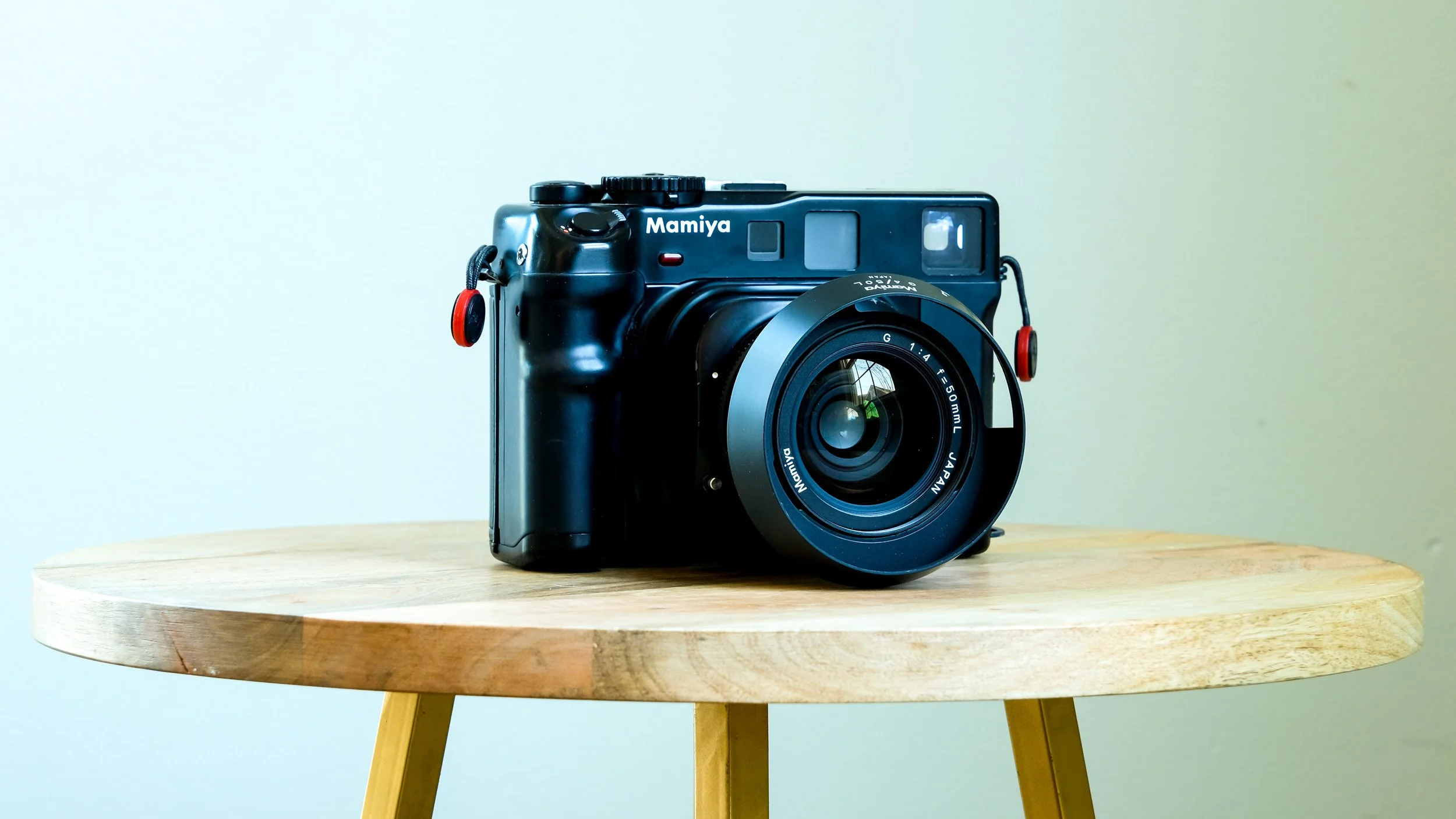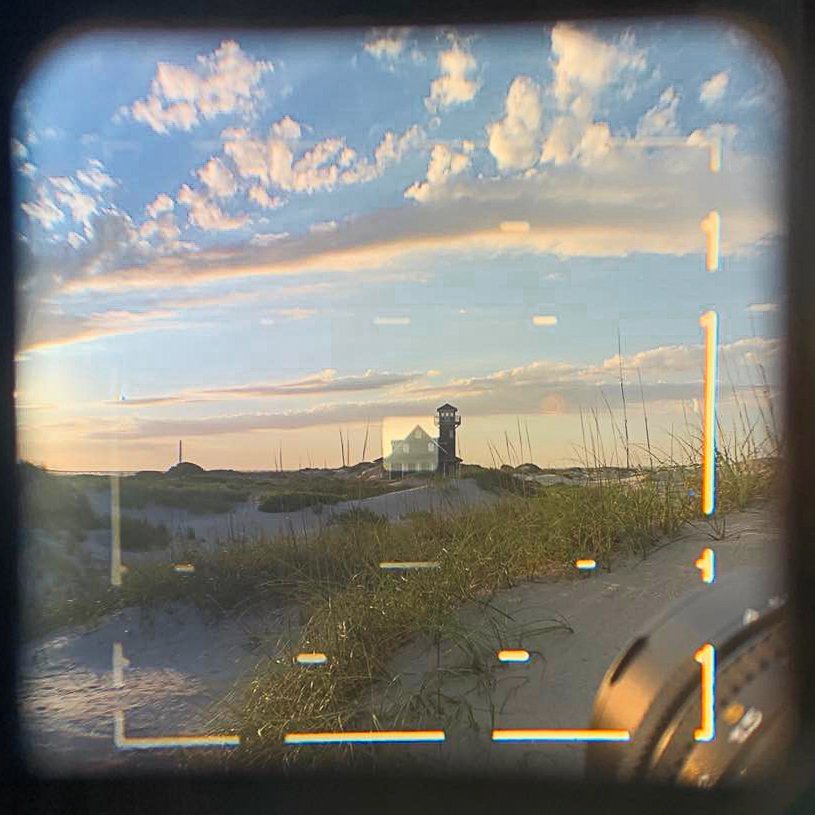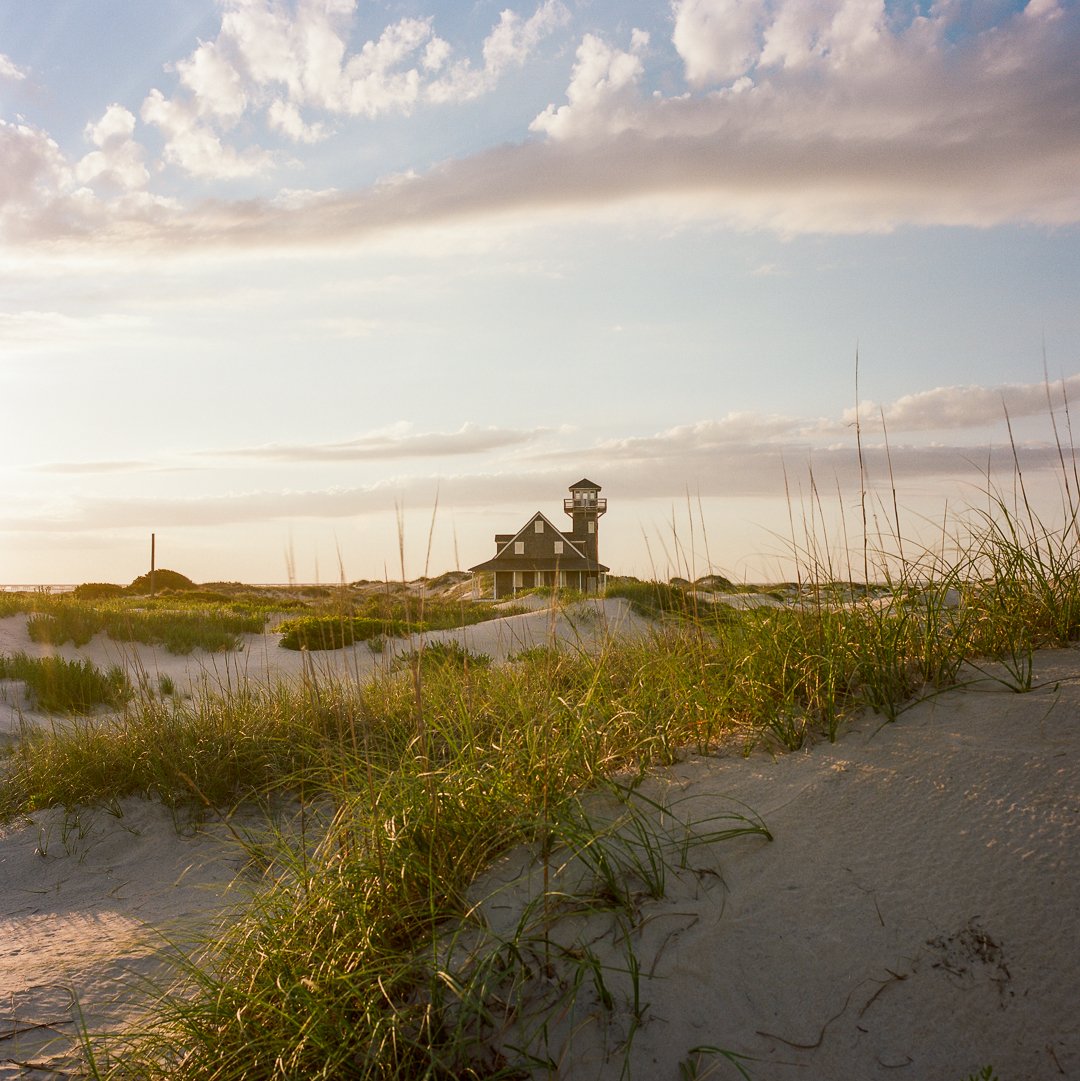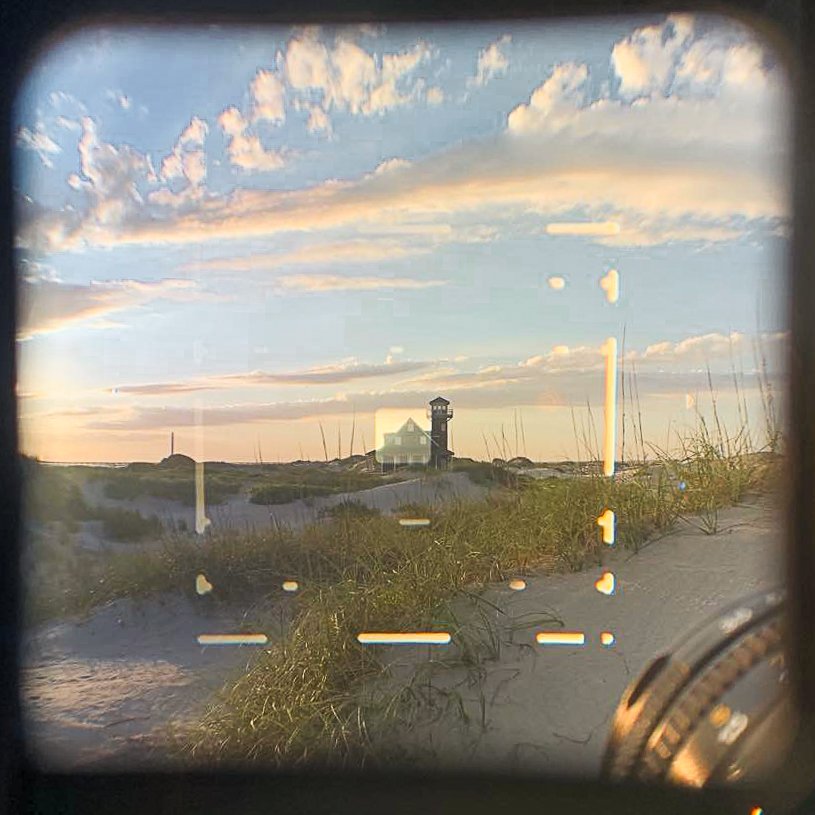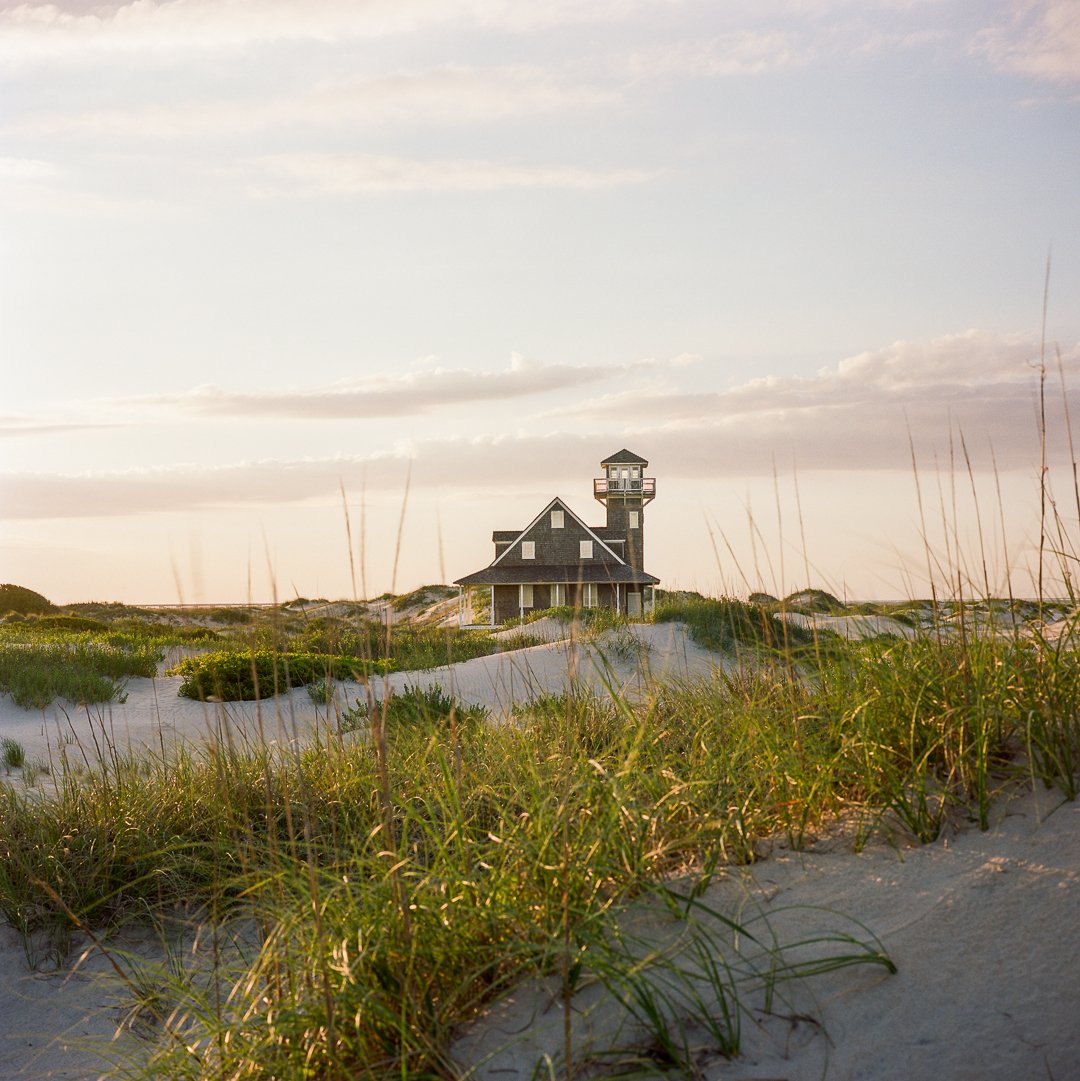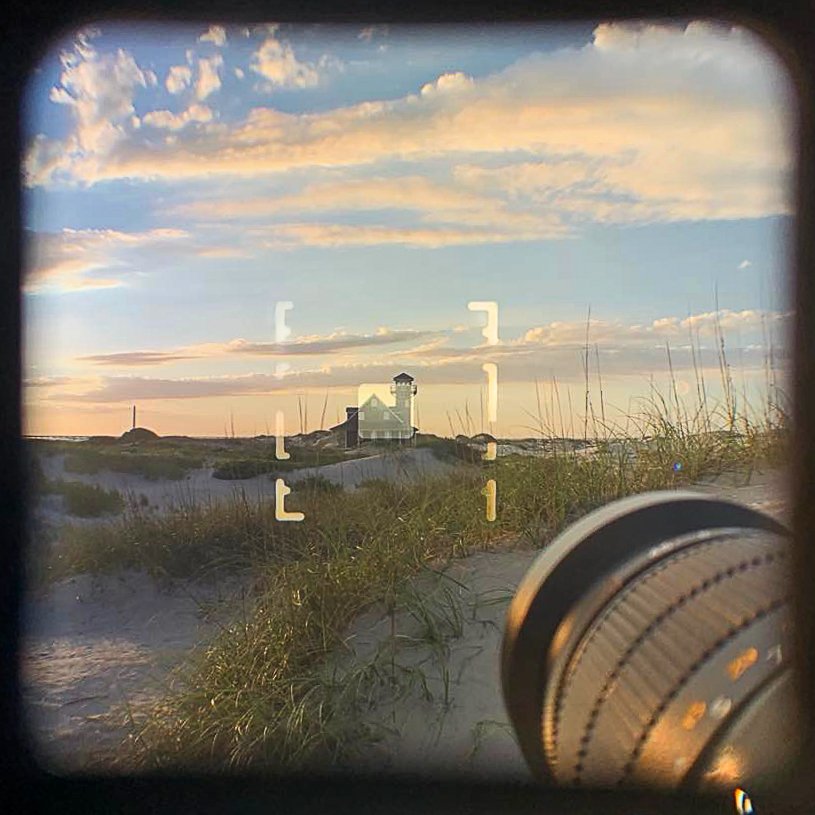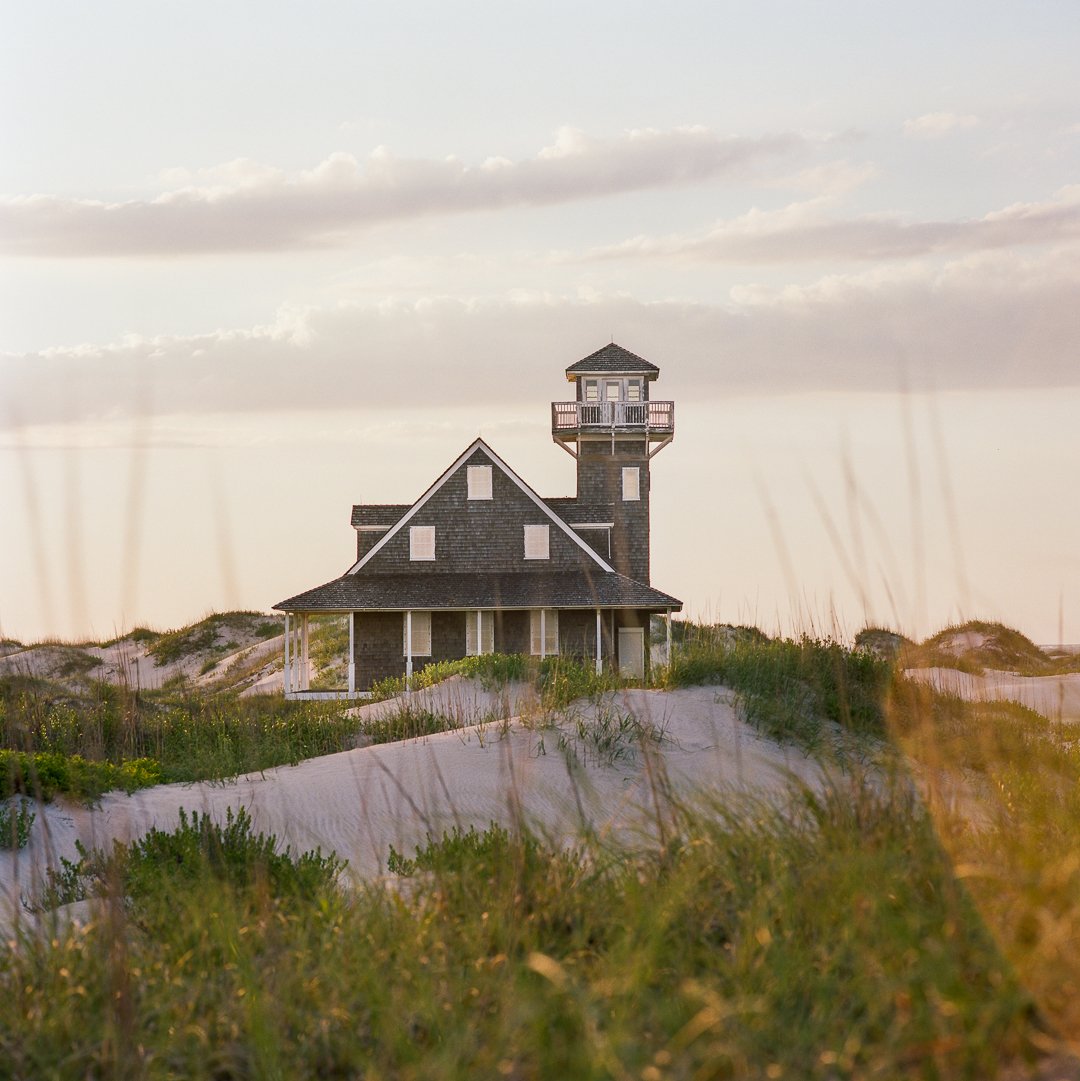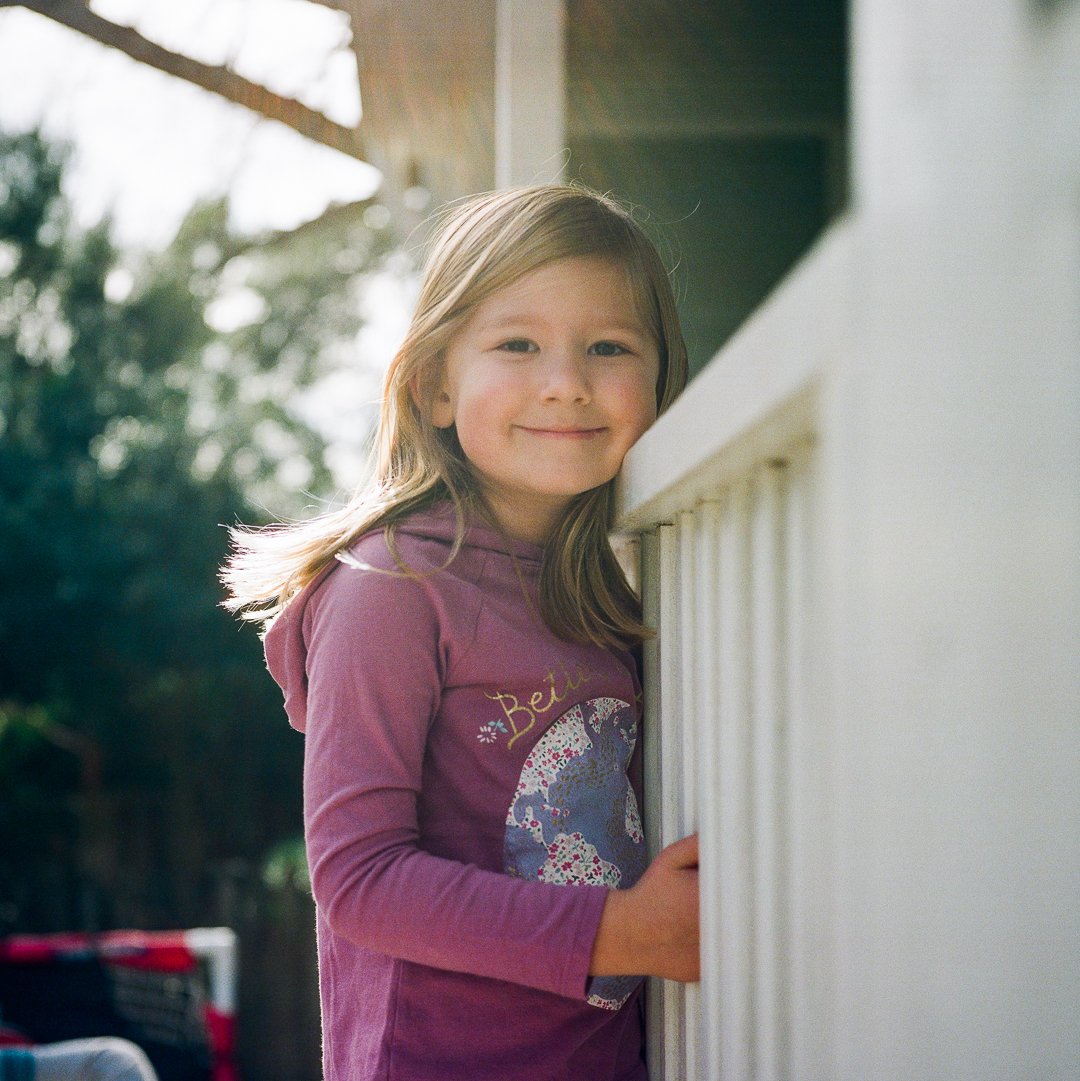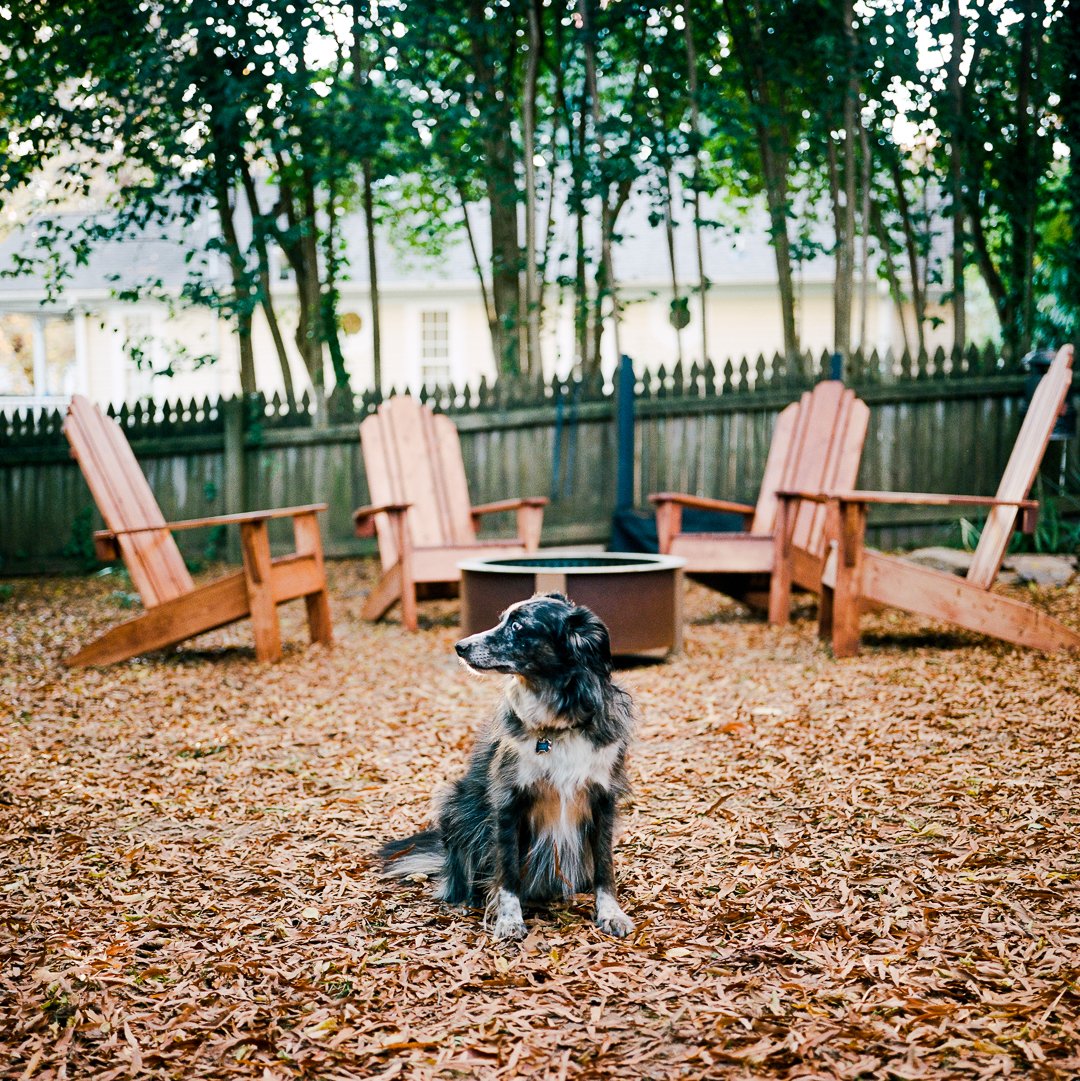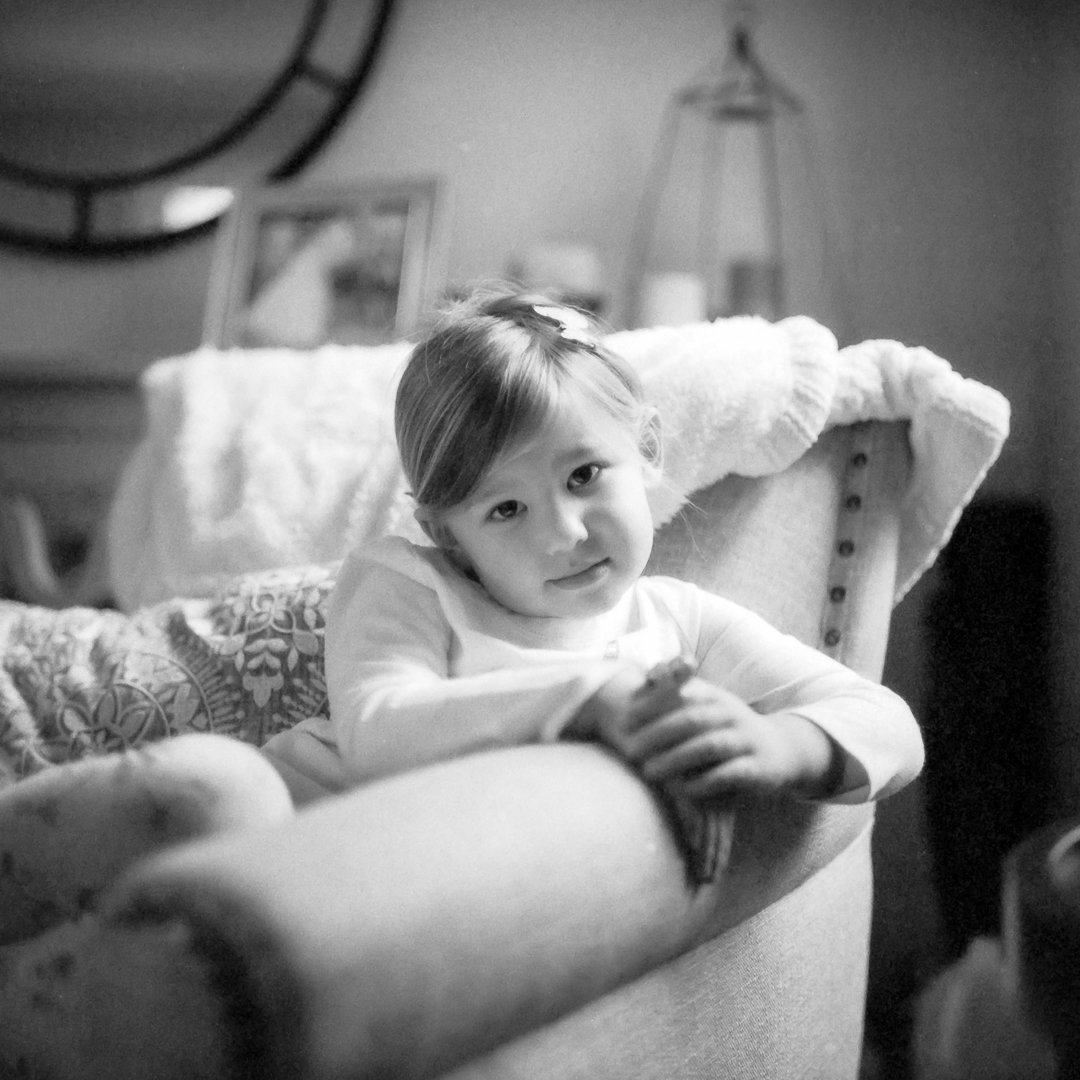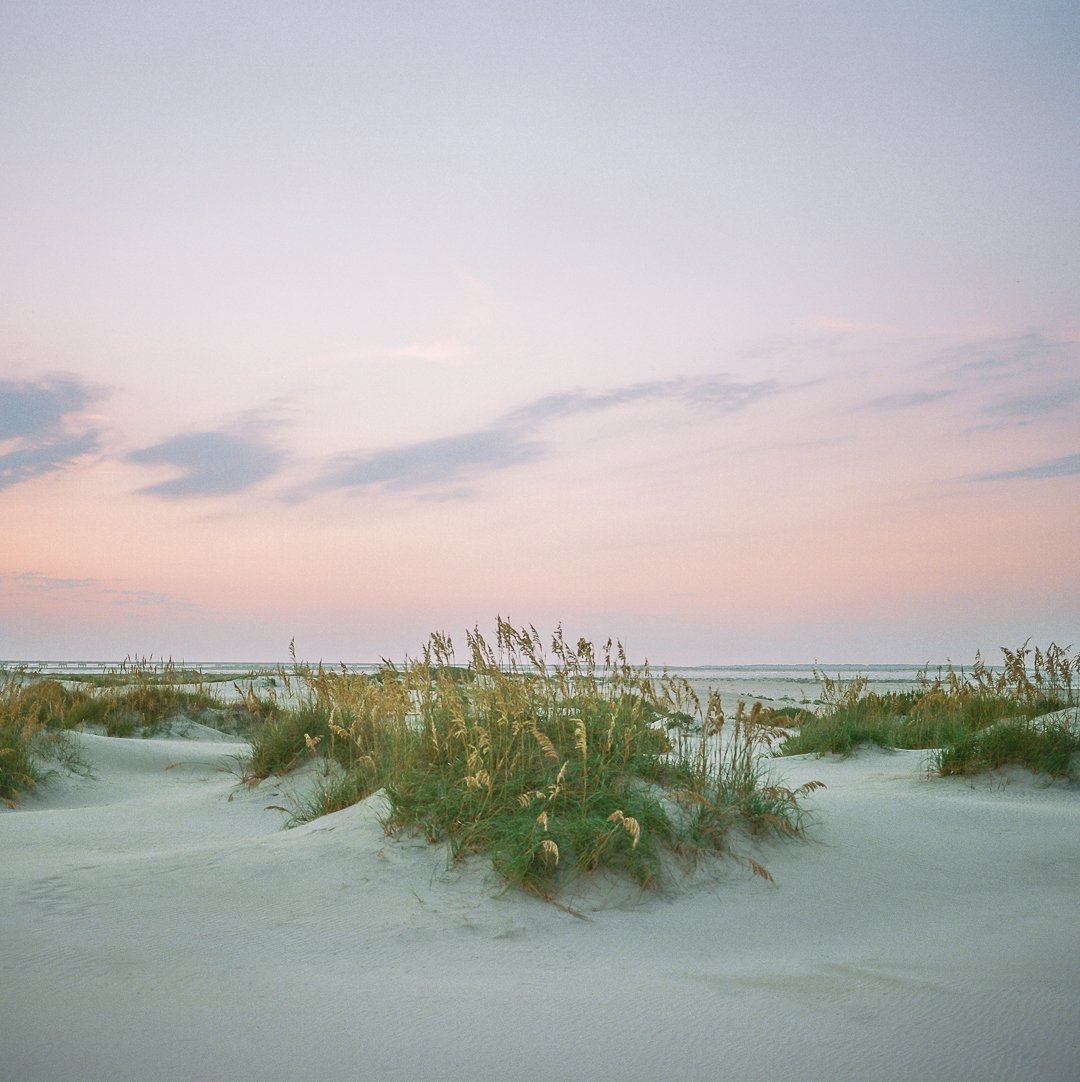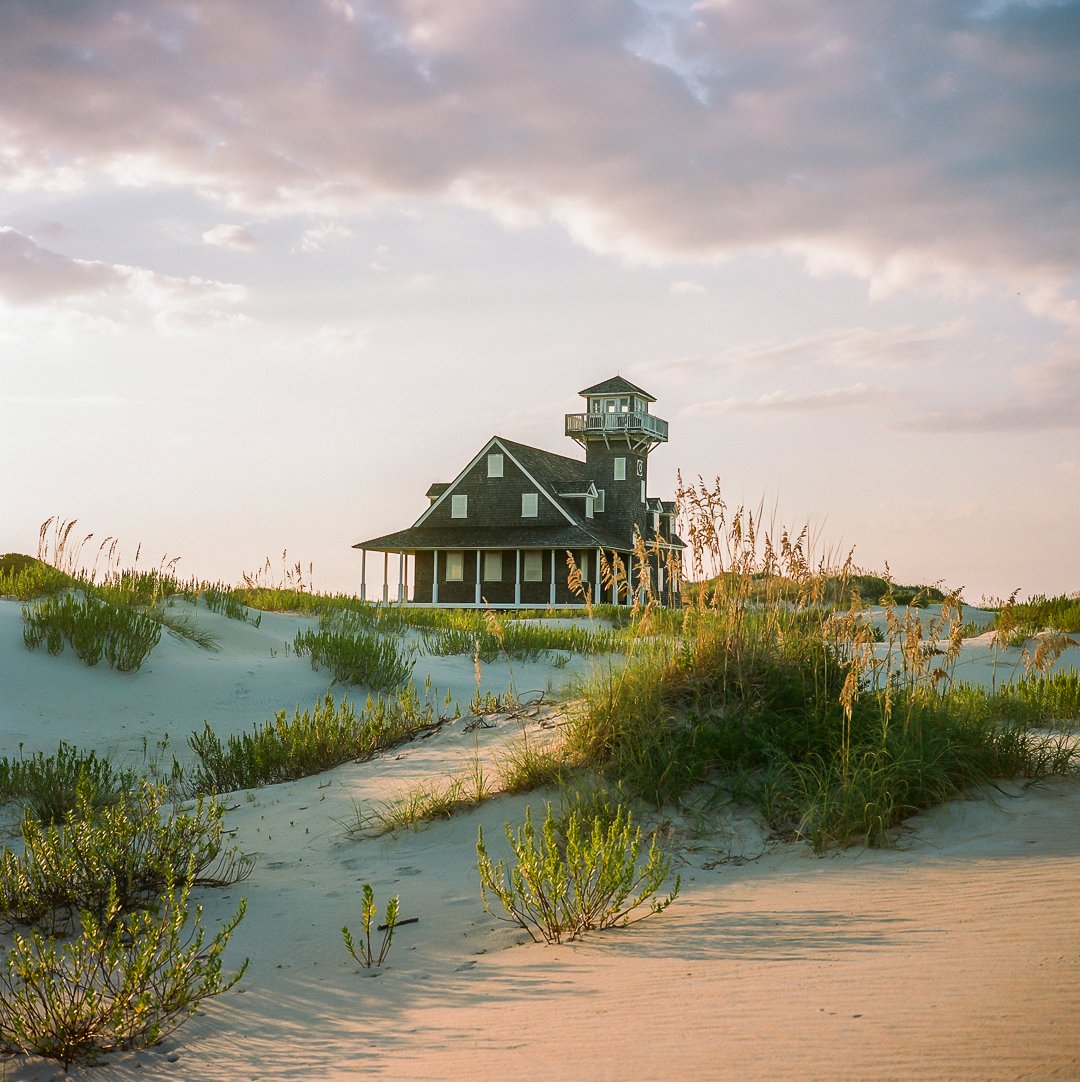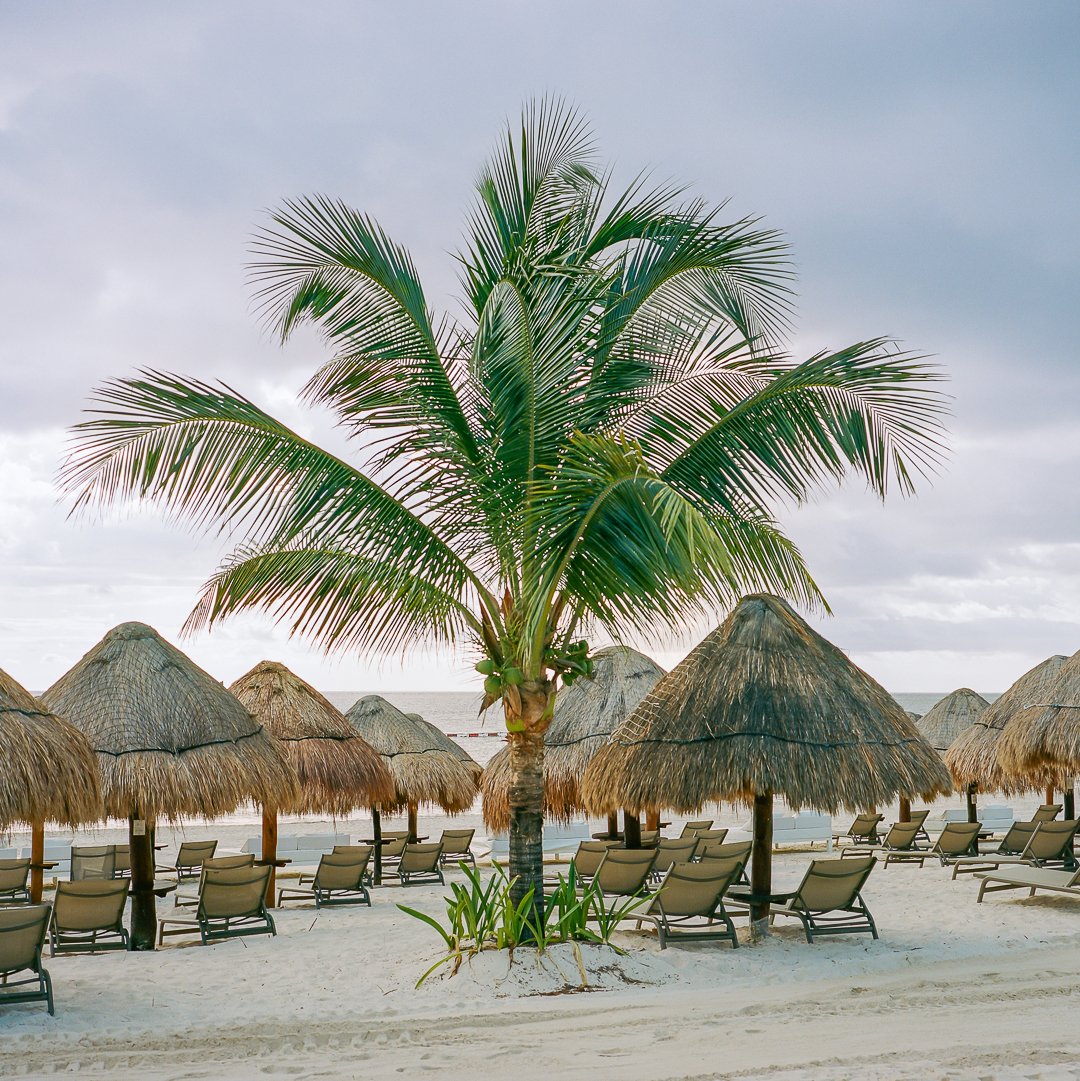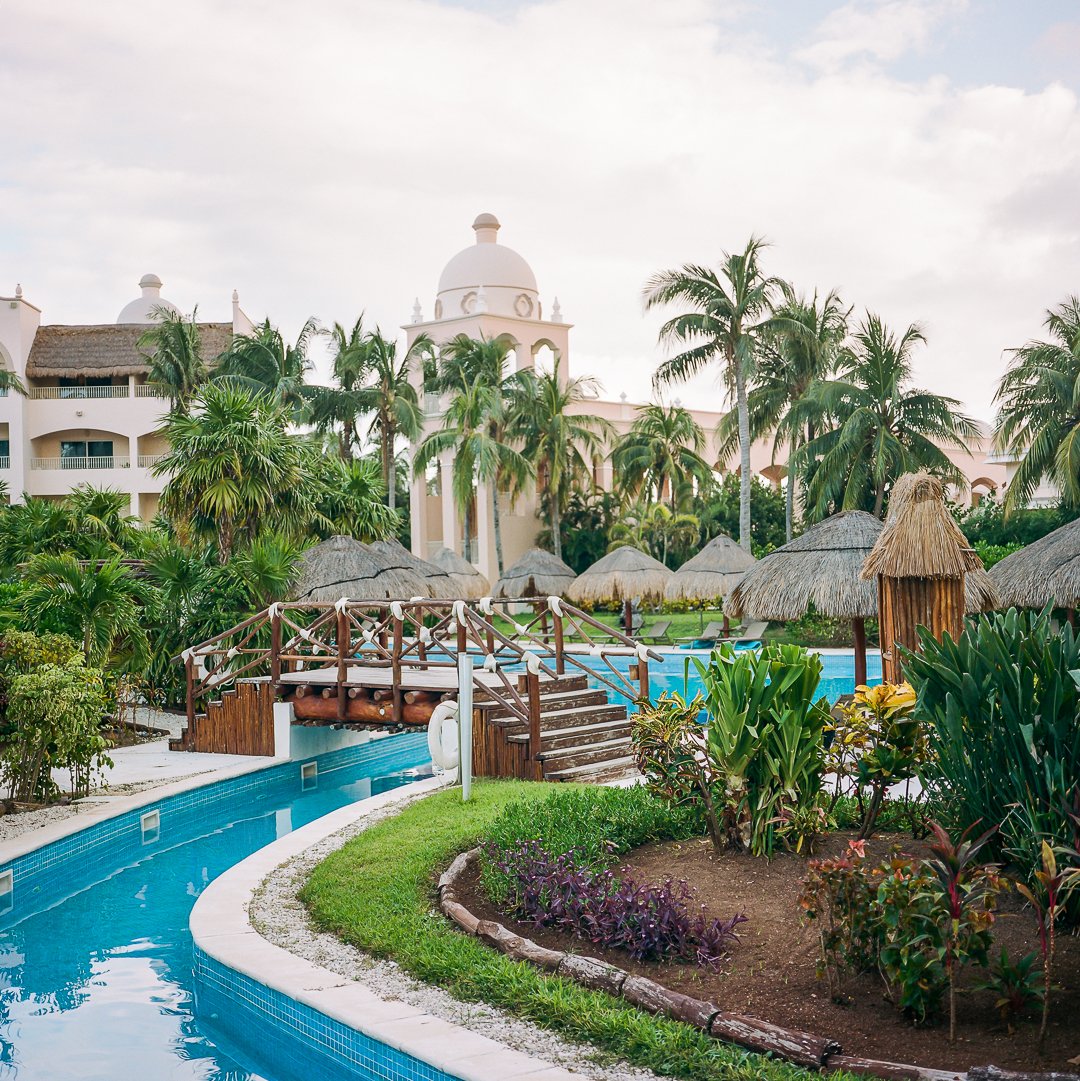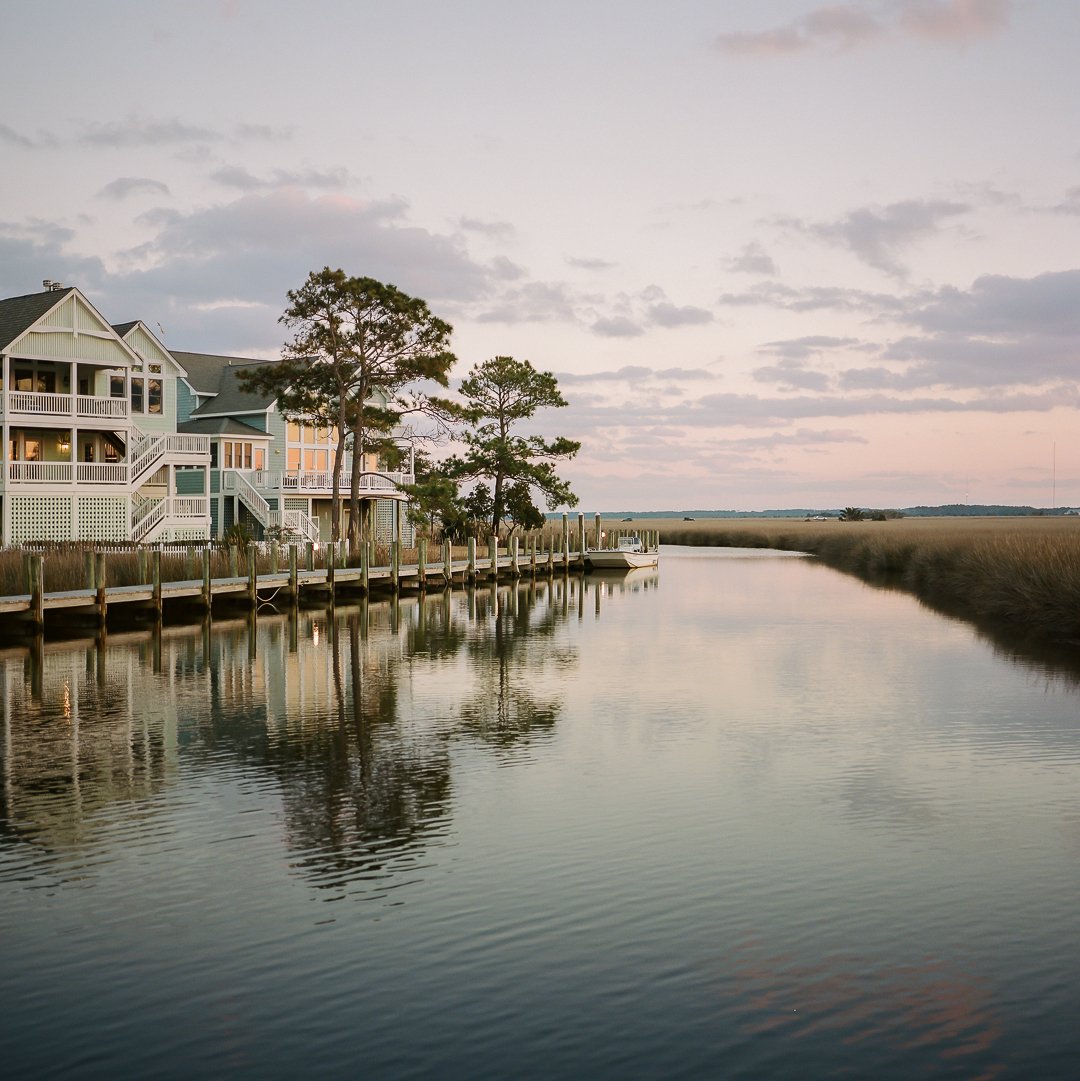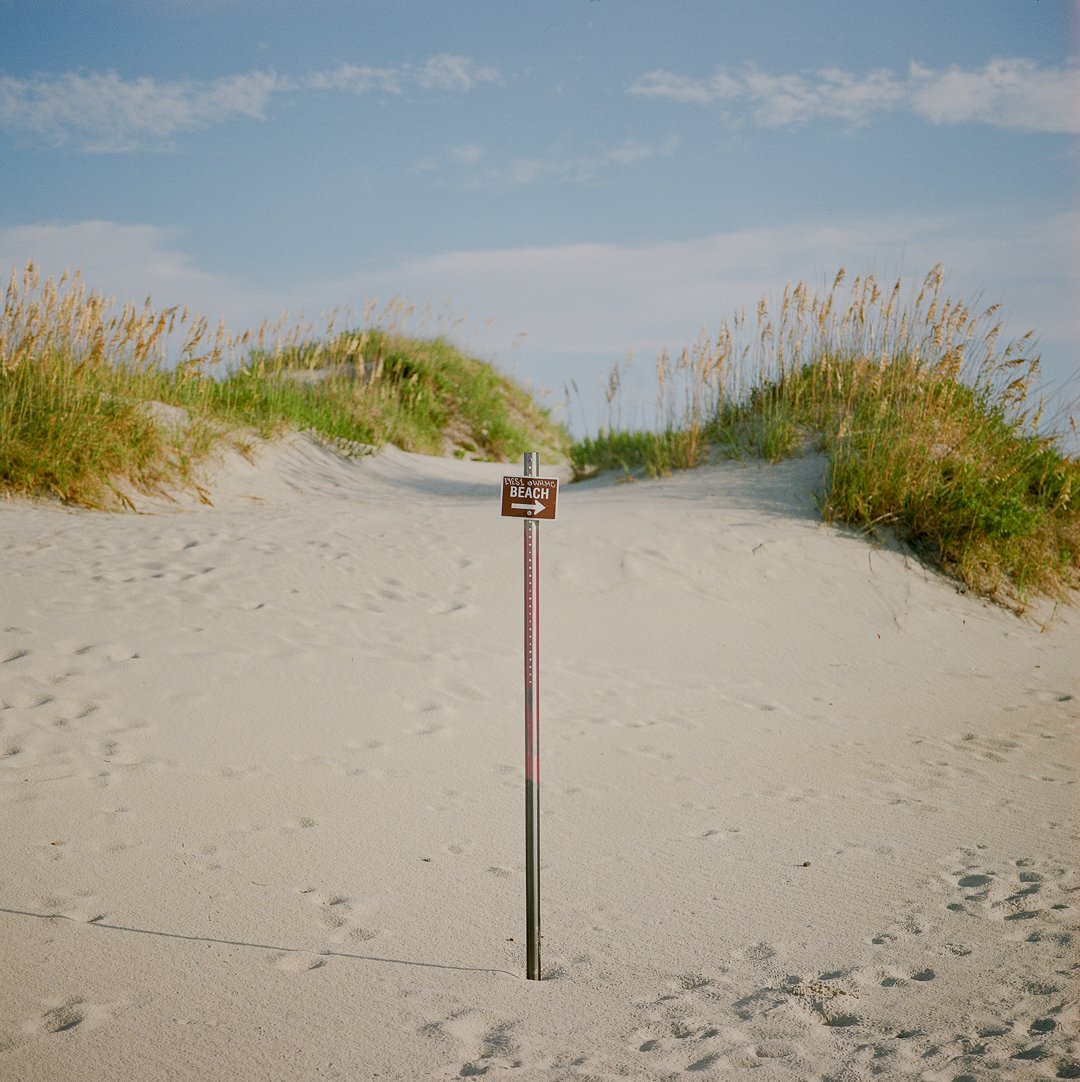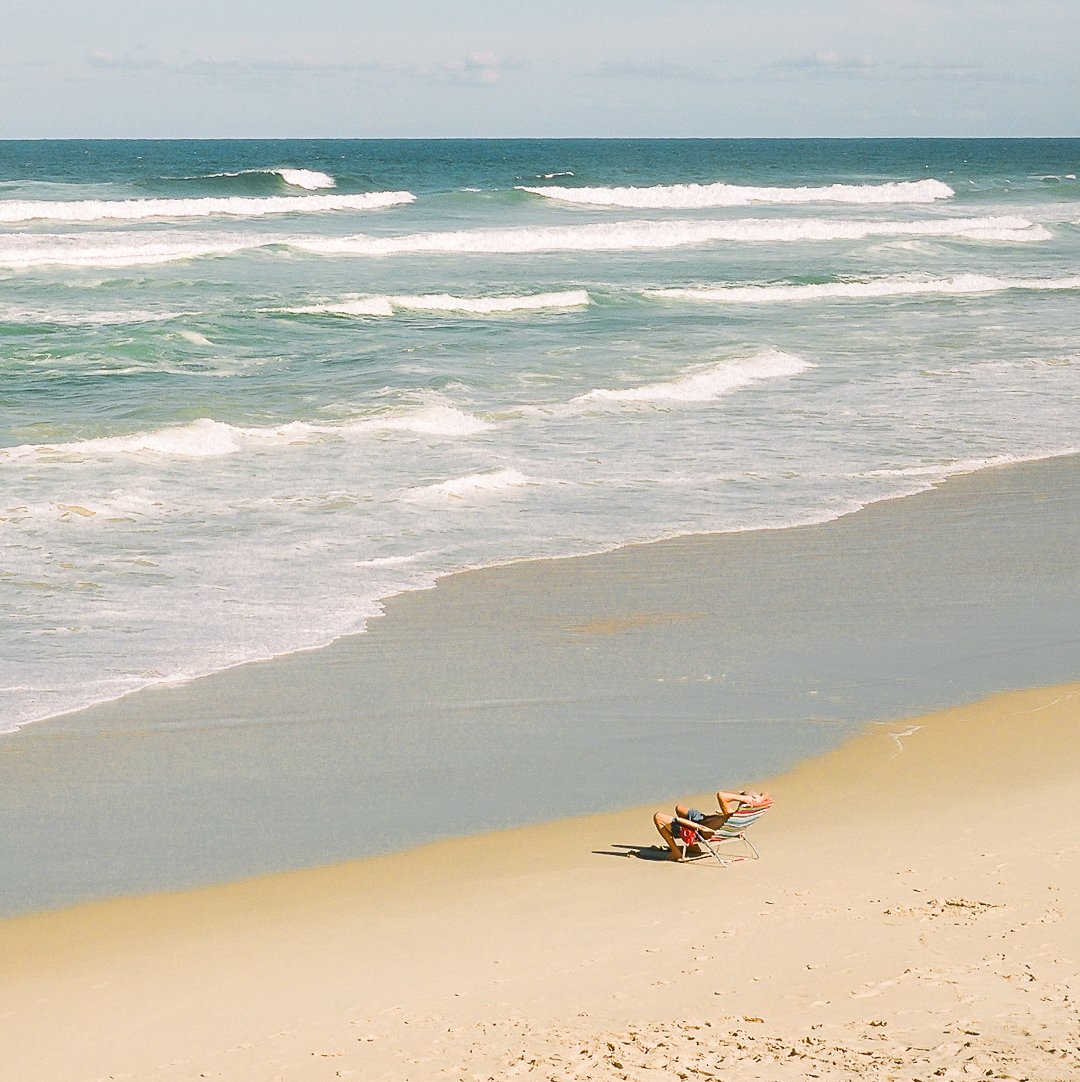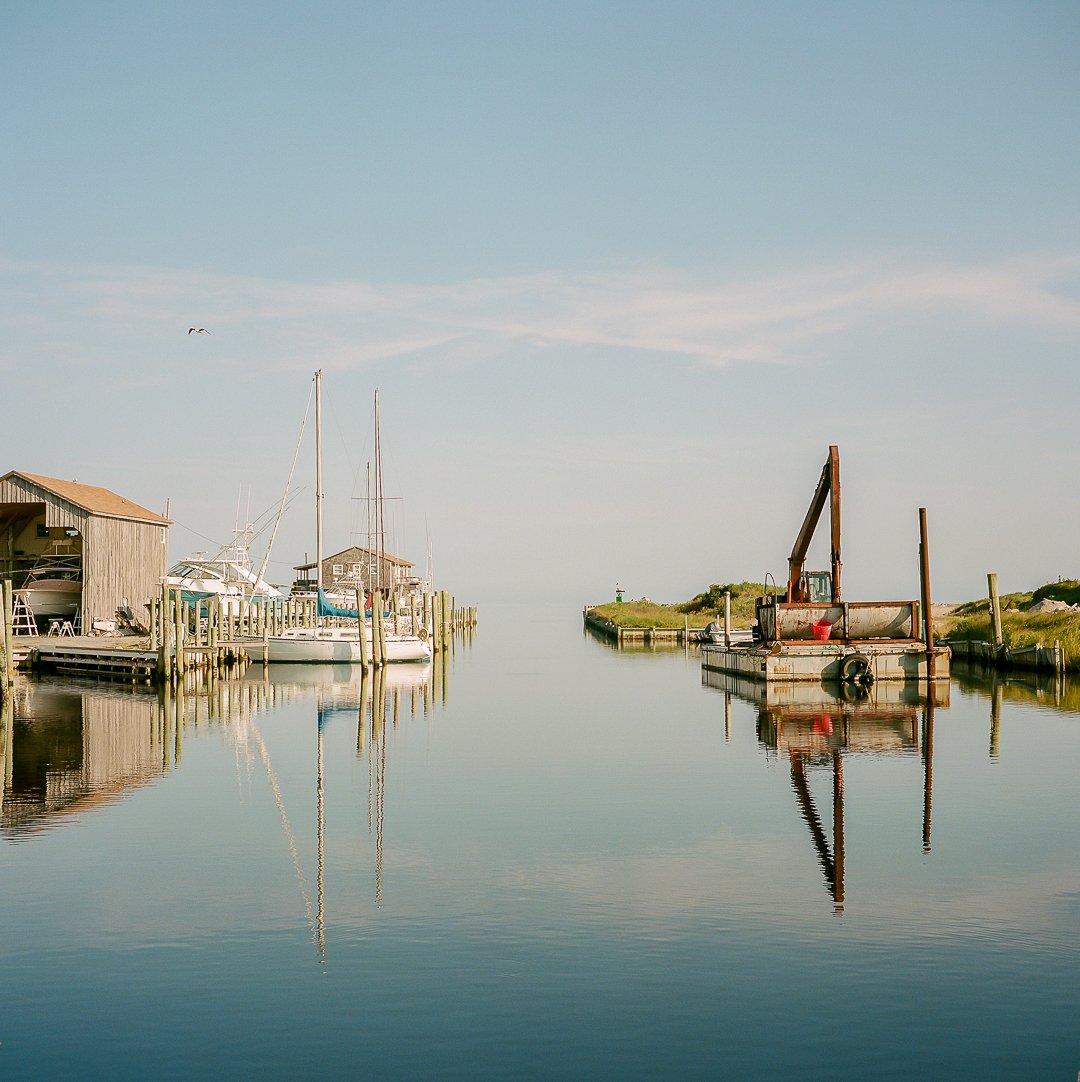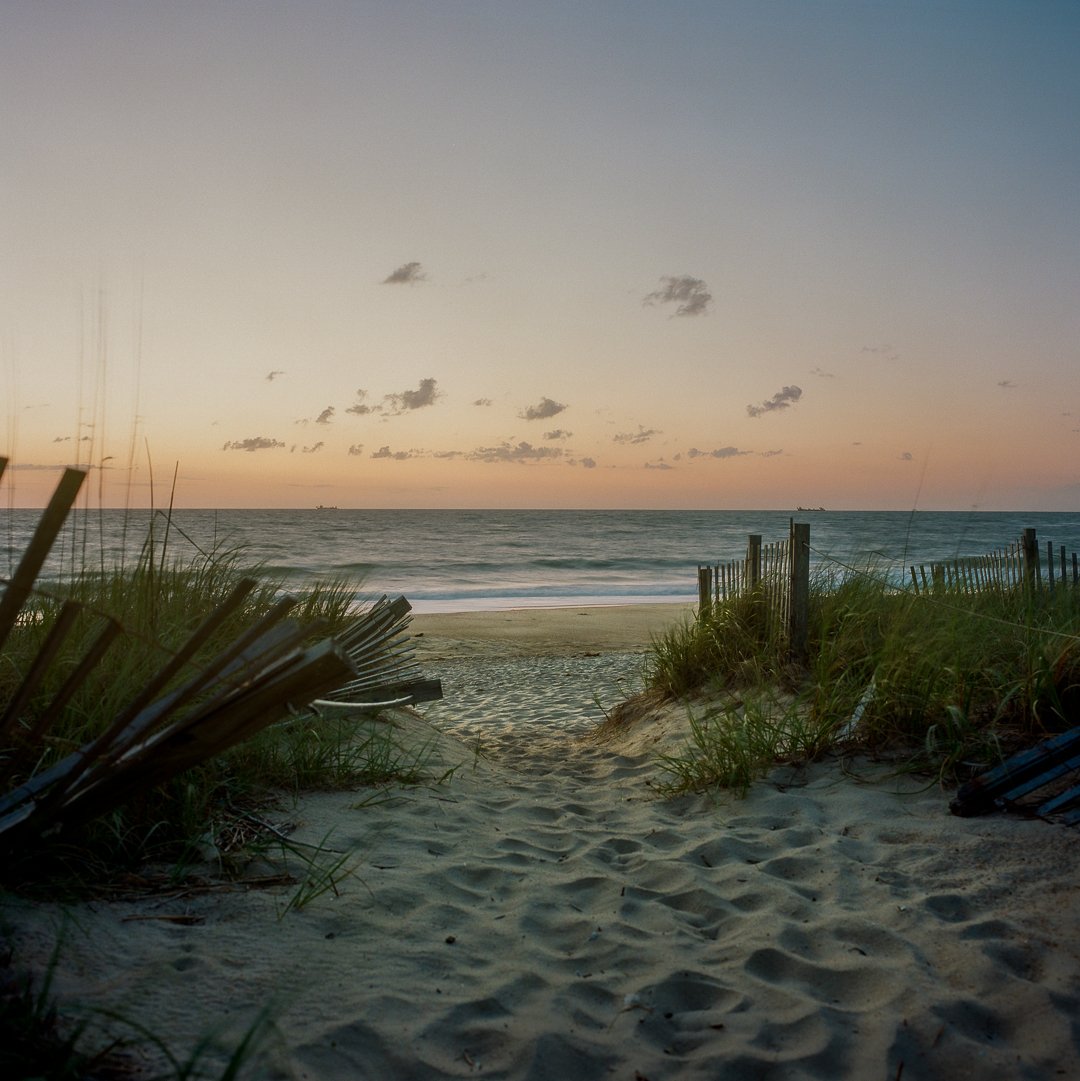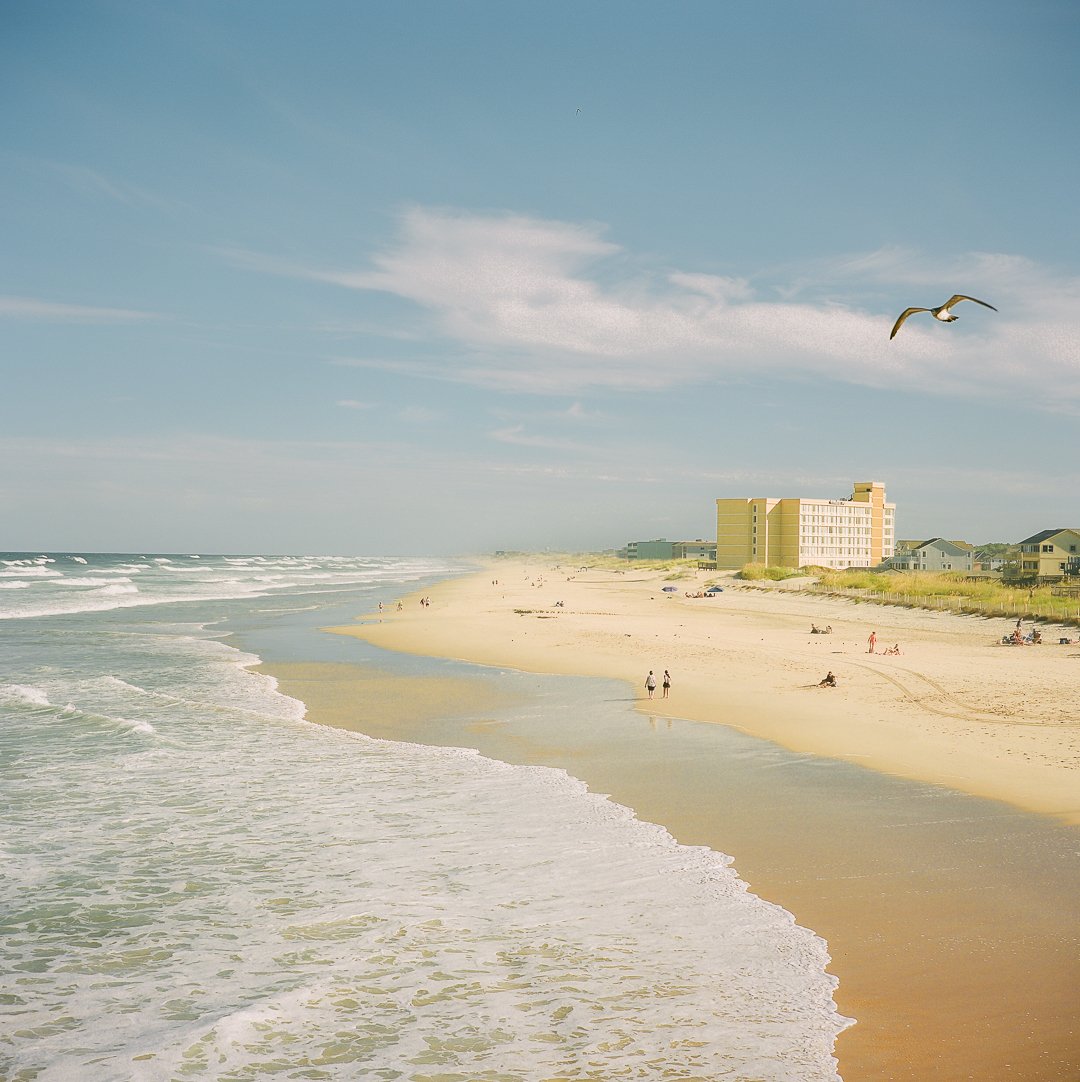Mamiya 6 Review - The Best 6x6 Medium Format Camera
Mamiya 6 Review
In this review of the Mamiya 6, I’ll tell you how this camera system has forced me to put down my beloved Pentax 67 (you can find my review of that amazing camera HERE). The Mamiya 6 now owns the top shelf while my Pentax 67 kit collects dust. I never thought after 5+ years of swearing by the Pentax 67 that a camera without a definable lens has taken over my top spot. And it sits atop a growing list of medium format cameras I’ve used in some capacity:
Pentax 67
Hasselblad 500c/m
Rolleiflex 2.8F
Mamiya 7
Pentacon 6 (I shutter at the thought of owning this tin can)
Fuji GA645
Some of these are holy grails for a lot of film shooters. When it comes to the square, the Hasselblad and Rolleiflex are some of the heaviest hitters. In fact, many write off the Mamiya 6 as the unwanted little brother of the Mamiya 7. With all the camera options out there in the film photography sphere, how could the Mamiya 6 be placed atop the pedestal? There’s a lot to unpack here, but I will say for my shooting style and interests the Mamiya 6 is about as good as it gets. So consider this question as you read this review as you’re contemplating investing some serious cash into this camera system: Can this camera help me create?
Bodie Island Lighthouse Reflection ■ Mamiya 6 ■ Kodak Portra 400
Dunes in the Outer Banks ■ Mamiya 6 ■ Kodak Portra 400
If you don’t know my work or know where I roam, let me lay that out for you - I shoot mostly landscapes, with the occasional portrait, along the Outer Banks of North Carolina. I live for sunrises, settle for sunsets, and chase clouds along NC Highway 12. I trek for miles through the dunes and beaches, around the small towns and waterways, usually fighting wind, heat, sand, and the worst bitey flies that exist. Don’t even get me started on the mosquitoes at the Bodie Island Lighthouse. So of all the medium format film cameras available, why the Mamiya 6? I cannot understate these two reasons:
The most portable interchangeable lens medium format film camera system*
An amazing combination of sharpness and micro contrast
MAMIYA 6 REVIEW - PORTABILITY
I’ve made the statement that this is the most portable medium format camera system. Fight me. What about the GA645? Sure, it’s portable, but it’s a fixed lens system that shoots a smaller negative. Mamiya 7? Lenses don’t retract, and it requires an external viewfinder for its wide-angle 43mm lens. The best contender to the Mamiya 6’s crown, in my opinion, is the Fujifilm GF670 - a folding camera that can compete with the quality of the Mamiya 6 and can shoot both 6x6 and 6x7. But again, it’s a fixed lens system. The Mamiya 6 offers the most features in such a light, compact system with such high quality results that sets itself apart from any other medium format film camera. The three focal length lenses cover ideal wide, normal and telephoto ranges for landscape work, and would easily be confused for 35mm lenses. This system is so small, it’s crazy that you’re getting a large 6x6 negative out of it.
Mamiya 6 Retractable Lens
One of the best features to the Mamiya 6 that really helps boost it’s crown as the most portable medium format camera is its retractable lens. With a push of a button the lens, on a sealed bellows system, will retract an additional 32mm, or about 1-1/4”. With the 50mm and 75mm lenses collapsed this camera fits snugly within any camera bag, and when on a strap the lens weight doesn’t cause the camera to tilt forward. Just so we are clear - the camera cannot shoot when the lens is retracted, it must be fully extended.
Mamiya 6 MF with 50mm f/4 lens extended
Mamiy 6 MF collapsed with 50mm f/4 lens rectracted
MAMIYA 6 REVIEW - TECHNICAL DETAILS
I’m not going to delve deep into the technical specs - you can find those on any website. Japan Camera Hunter has a well-formatted list with all the details you need. I will touch on a couple key features though and how each can affect how you use this camera.
Mamiya 6 Shutter Speeds
The maximum shutter speed on the Mamiya 6 is only 1/500 sec. As someone who shoots a lot of landscapes, this doesn’t bother me. I’m not trying to shoot wide open frequently with this camera during bright daylight where 1/1000 would be more useful. Since I like to shoot at sunrise and sunset, the leaf shutter lenses give me the opportunity to handhold shots at 1/15 and 1/8 of a second - try and do that with a Pentax 67. That’s 1-2 stops lower than most SLRs, and that means you’re getting more out of your sunrises and sunsets without the burden of a tripod.
On the flip side, this camera has full second selections of 1, 2 and 4 seconds. I love having these additional selections as they help me introduce more precise movement into my shots than worrying about a timer and a cable release.
Bodie Island Lighthouse long exposure ■ Mamiya 6 ■ Portra 400
Sunrise at the Rodanthe Pier ■ Mamiya 6 ■ Kodak Portra 400
Mamiya 6 Rangefinder
The Mamiya 6 rangefinder is extremely bright and easy to focus, even in lowlight situations. The magnification of this viewfinder is a very small 0.58, which has its benefits and drawbacks. This small magnification allows you to use the wide angle 50mm lens without needing an external viewfinder, as the frame lines nearly fill the entire viewfinder. But this means tighter crops and compositions for the 75mm and 150mm, and not being able to see the compression does require you to use that imagination a bit when composing. Such is life with a rangefinder.
Mamiya 6 MF framelines for 6x4.5 and the panoramic kit. Panoramic kit in red, 6x4.5 in blue.
Mamiya 6 vs. Mamiya 6 MF
A quick note here to discuss the difference between these two models. The Mamiya 6 MF, or Multi-Format, model is an iteration that allows the use of masks to create 6x4.5 negatives, as well as a panoramic adapter to shoot 35mm film through the Mamiya 6. Because of this, you’ll notice a few more frame lines in the viewfinder that supports the 6x4.5 frames and the panoramic frames. Some find them distracting, and suggest people to seek out the original Mamiya 6 to avoid this “cluttered” viewfinder. I’ve highlighted these frame lines from the 50mm viewfinder above, and you can then easily identify them in the 75mm and 150mm viewfinders.
One very important thing to note about the 6x4.5 mask: It’s horizontal instead of vertical, like most 6x4.5 frames, which means you’re still getting only 12 frames per roll, instead of 16 like the cameras that shoot vertical 6x4.5. You’re better off not using the mask and cropping in my opinion.
Other than that, the only other difference to note is that on the Mamiya 6 MF there is a film rewind button so you can rewind your rolls of 35mm, and the film spool holder is keyed and rotates to allow the mounting of a piece of the kit to rewind the 35mm roll. There are no other differences between these models that makes one more desirable than the other. If you think you might shoot 35mm through it, get the MF. You’ll want those frame lines, rewind button and keyed spool holder.
MAMIYA 6 REVIEW - LENSES
Some photographers like to collect piles of lenses for their camera systems. Well, that’s very easy to do with the Mamiya 6 as you only have three! Some may find that disappointing, I find it a relief. And the focal lengths for the Mamiya 6 really are in line with my main compositions:
50mm f/4, which is equivalent to a 28mm lens on 35mm format
75mm f/3.5, which is equivalent to a 45mm lens on 35mm format
150mm f/4.5, which is equivalent to an 85mm lens on 35mm format
Some complain about the lack of a wider angle lens that would be the 24mm and 35mm equivalents, and those are fair complaints. For me, I live at 28mm and 50mm, so this kit is perfect. Another fair complaint would be the “slow” f-stops available (the f/3.5 available aperture on the 75mm is as open as it gets in this system). But as a landscape photographer, I’m not looking for dreamy bokeh that people demand out of f/2.8 or faster lenses. Since the brightness of the rangefinder doesn’t rely on the maximum aperture of the lens (like every SLR camera), slower lenses have zero affect on how I shoot.
Mamiya 6 50mm f/4 G lens review
In my opinion, the 50mm f/4 is the best lens in the Mamiya 6 system, but that’s splitting hairs. The wide angle makes it my absolute go-to for landscapes. This lens’ sharpness is second to none, and it’s surprisingly compact. At only 62mm (2-7/16”) in diameter, it’s nearly the same size as my Nikon 28mm f/2.8 AI-s! Not too many medium format lenses you’d confuse with a 35mm lens. The focus ring is only 1/4 turn between 1 meter and infinity, which is fantastic for quick shots, but the close focus distance is a measly 1 meter. This lens sports a 58mm thread for filters, which is conveniently the same on the 75mm lens.
Pea Island Life Saving Station ■ Mamiya 6 w/ 50mm f/4 ■ Portra 400
Basnight Bridge at Susnet ■ Mamiya 6 w/ 50mm f/4 ■ Portra 400
Mamiya 6 75mm f/3.5 G lens review
The 75mm lens is the standard/normal lens for the Mamiya 6 system. This lens is also the smallest in the line up, and when retracted into the camera is nearly flush with the hand grip! The focus throw is a very short 1/4 turn, which makes this a quick-to-focus lens, but same with the 50mm lens, the close focus distance is 1 meter. Sharp wide open, you won’t have issue with a dreamy medium format portrait using this lens, even though it’s maximum aperture is f/3.5. My copy does tend to have a lot of vignetting when shot wide open, through from research most don’t seem to have that issue. But, and this is where I stop short of selling my Pentax 67, this lens cannot match the uniqueness of the Pentax 67 105mm. If I’m shooting portraits, the Mamiya 6 will always take the backseat to the Pentax 67 and that amazing 105mm lens. It’s my one wish of this system is that it had a fast, iconic lens that could come close to the Pentax 67 105mm, which has a large format-like look to it. The minimum focusing distance for the 75mm f/3.5 is right at 3 feet. There is a Mamiya 6 close-up filter for the 75mm lens that allows for focusing down to 2 feet. I The 75mm will certainly get the job done with soft backgrounds and pleasing bokeh.
Portraits w/ the Mamiya 6 and 75mm f/3.5
Landscapes w/ the Mamiya 6 and 75mm f/3.5
Mamiya 6 150mm f/4.5 lens review
The best part about this lens is it’s price - as of 2022 you can easily pick this thing up for under $300. Don’t let that speak for its performance. An equal performer of the 75mm, this is a very sharp and contrasty lens. An f/4.5 lens is quite slow, and maintaining a shutter speed of at least 1/125 can quickly put you in a bind without a tripod. The focus throw on this lens is a 1/2 turn to allow for better fine tuning, but that also means much slower to focus and overall a bit cumbersome. This lens close focuses down to 1.8 meters. The main downfall of this lens has more to do with the small 0.58 magnification of the rangefinder. It is tough to compose a telephoto shot through a small crop of a wide angle rangefinder. I don’t even bother with portraits with this lens because of the difficulty to focus and lack of compression in the viewfinder. I don’t shoot the 150mm often, but at this price point, it is worth having for those few telephoto landscape shots I do take.
Pea Island at Sunset ■ Mamiya 6 w/ 150mm f/4.5 ■ Portra 400
Basnight Bridge ■ Mamiya 6 w/ 150mm f/4.5 ■ Portra 400
I’ve stated my case. The portability, the high quality interchangeable lenses, in a small, lightweight and compact 6x6 camera puts the Mamiya 6 at the top of my medium format camera list. Never again will a Hasselblad or Rolleiflex dangle from my shoulder (and slam into my hip over and over), and only guilt brings the Pentax 67 back to the beach. But those immediate comparisons to those notoriously beautiful cameras does lead my list of complaints: this thing isn’t pretty. I knoooooooow, it’s a tool and this is supposed to be about results, but us film photographers love our gear and we are quite vane. The Mamiya 6 isn’t a pretty camera. Heck, most of this thing is enveloped in plastic. Where it makes up in ugly though is the ergonomics. The built-in grip has just enough bulk that you won’t have any issues with a solid grip on what’s already a lightweight body. Other complaints? I start really nitpicking here:
The Mamiya 6 doesn’t do double exposures. I say this like I shoot them all the time, but even with my modified Pentax 67 I’ve shot less than 10.
I’ll throw in my desire for a faster portrait lens with a bit more character. The Mamiya systems are quite technical, built for sharpness and contrast. All the other medium format holy grails possess a lens that defines that system.
But as you see, with those short comings, this camera is still my pinnacle. I come home from sunrise dune cruises ready for the day, and excited to get those rolls of for development. I leave you with some other favorites from the Mamiya 6. Any questions or comments, post below and I’ll get back to you!
MAMIYA 6 REVIEW - SAMPLE SHOTS
Come find me on Instagram!

